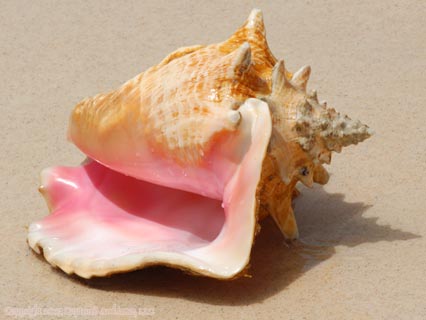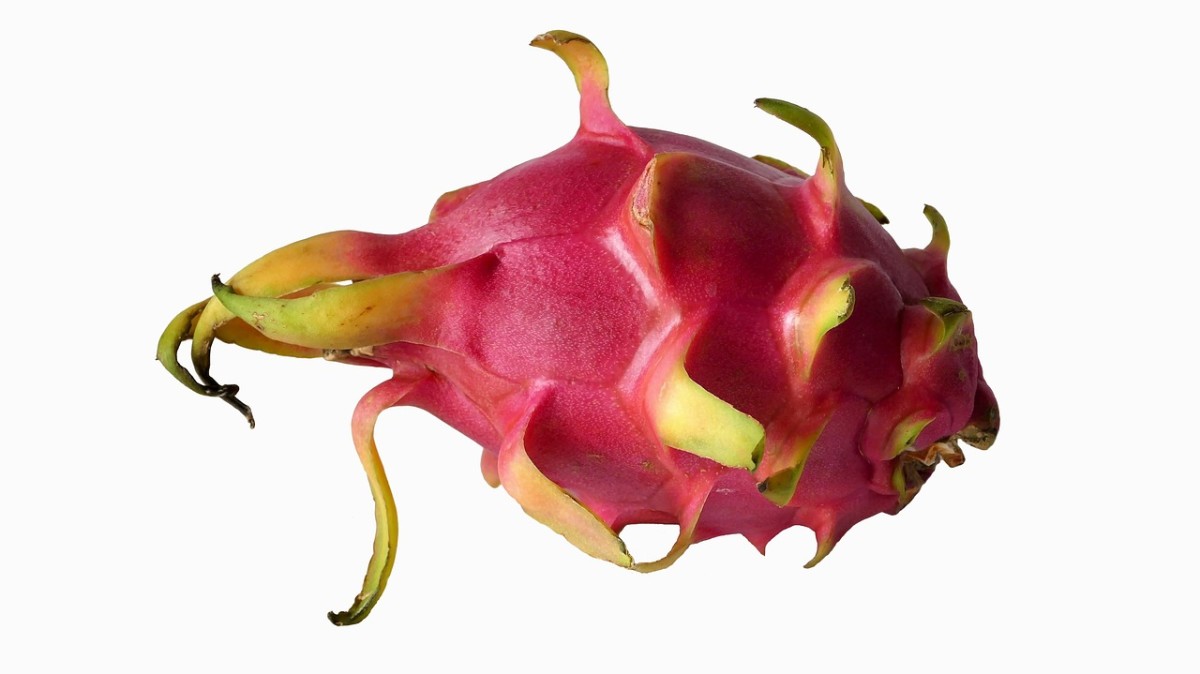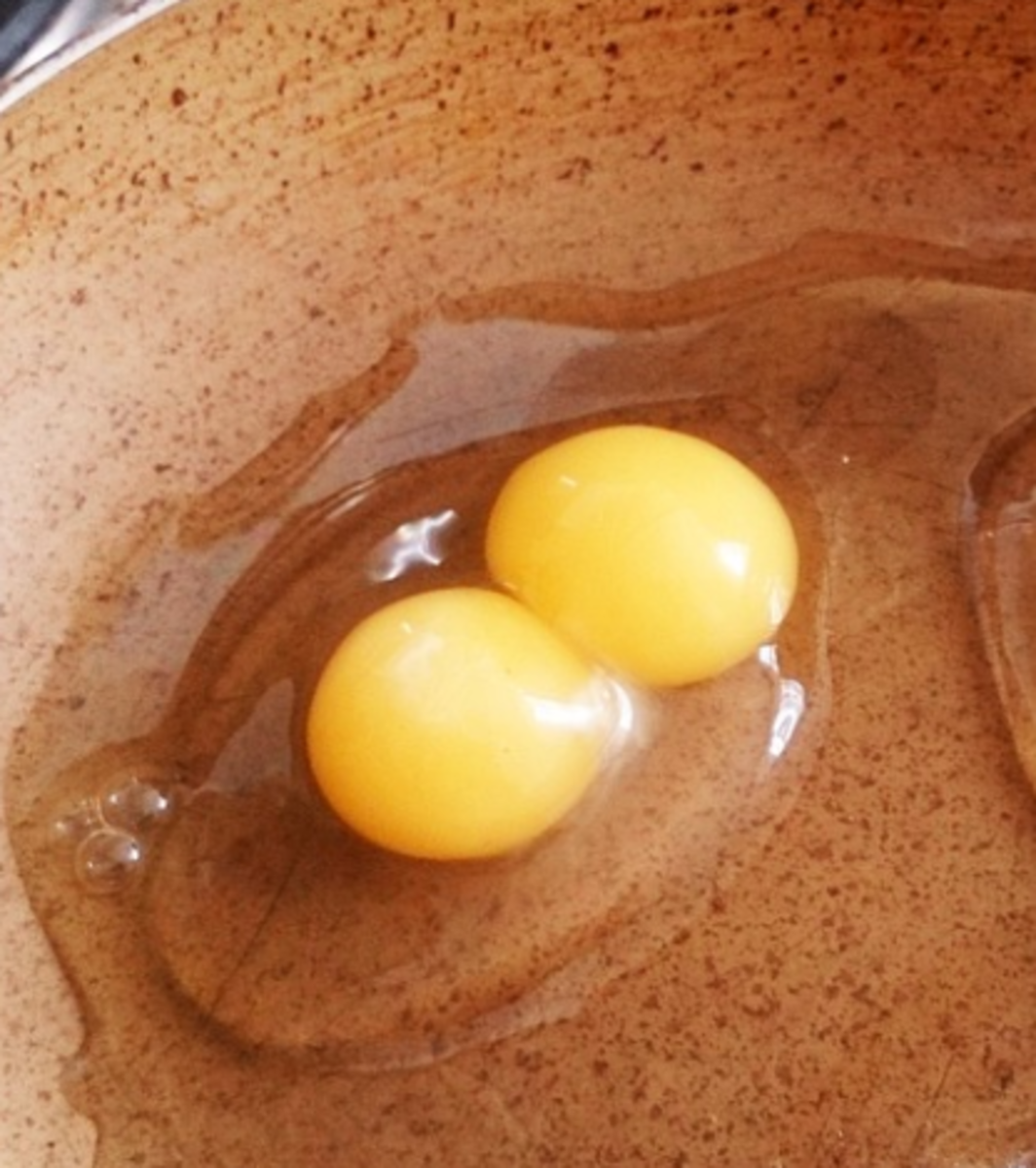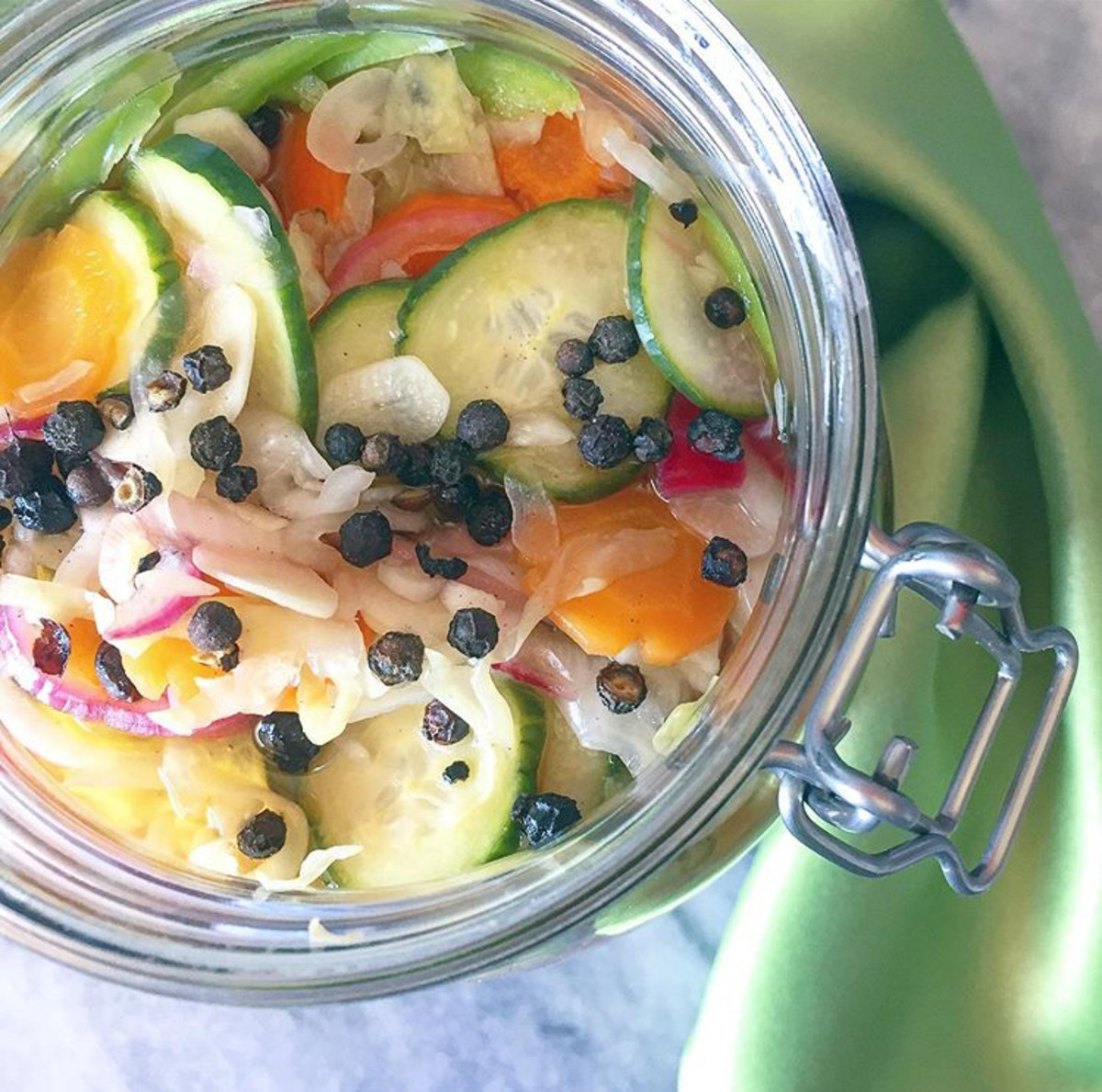Conch, (konk)
Visiting
If you plan to visit the Bahamas or any of it many cays or islands, I suggest you go ahead and try the local delicacies especially the conch.
No matter what version you try i guarantee you will find one that you fall in love with and crave when you don't have any ready access to it.
Raw or cooked Queen conch Bahamian style is worth sampling, either with french fries, Goombay punch or Kalik beer, there is nothing like it when enjoying the sun, sand, sea and the ocean breezes of the Bahamian waters.

The Queen conch, also known as the pink conch or Strombus giga, is native to the warm waters of the Bahamas, and other areas of the world. Both the shell and the meat are consumable items.
It is a mollusk or sea 'snail', that thrives in the salty warm ocean water. They are known all over the world are the largest of all the conch species.
Identifying marks
Exterior - visible
- large shell
- bumps and knobs
- smooth inner shell
- pink shinny inner shell or orange
- spiral shape
- creamy white, tan or light brown outer shell
- algae covered it appears greyish
- adult size is typically 12 inches, 5 pounds
Interior - not readily seen
- soft body
- one foot
- tube like mouth, proboscis
- two eyes, protruding stalks
Queen conch get around by leaping forward for short distances, this is known as the 'strombid leap'.
What it eats
The Queen conch is a herbivore that grazes on algae in the areas that they inhabit.
How it survives dangers
Predators
On the ocean floor the young conch stays close together, buries itself in the sand or hangs out close to rock formations for protection.
They are avoiding being turned over by any enemy.
Man made
Over harvesting along with over use of a secondary method of harvesting using an air compressor has lead to dwindling populations of Queen conch. So fishery restrictions have been put in place and legally reinforced, like no scuba gear allowed..
- Only Bahamians are allowed
- Only legal permits are allowed
- Only diving is allowed
Where you find them
Queen conch fishery in the Bahamas is normally found and harvested in the Great Bahama Bank or the Little Bahama Bank. These areas are typically known for shallow waters that are mostly clear. There are also currents known as flood tidal waters in these areas, so the sea water seems to be rejuvenated frequently.
The Great Bahama Bank is a shallow, sand and seagrass covered platform that extends into the Tongue of the Ocean.
The Exuma Keys and Lee Stocking Island are also known as great places to find Queen conch.
Sexual maturity
Queen conch apparently reach the age of maturity between 3 1/2 years to 4 years old. They stop growing but continue to deposit shell on the broadly flared lip.
Procreation, the male attaches himself to the back of the female and shoots sperm into her shell to fertilize the eggs she carries.
How you catch them
- diving
Diving for conch is known as the main way or the primary way in which conch is harvested or retrieved from the sandy ocean bottom. This conch harvesting or conch fishery is also credited as being the secondary commercial fishery business in the Bahamas, but that varies from year to year.
Fishing or diving for conch normally happens in the summer seasonal months of April, May, June and July, at least 60% of it is known to take place because other fishery seasons are closed and subject to severe penalties if broken.
Shell and it's uses
- decorative ornament
- jewelry
- musical instrument
Body / Meat
- skin
- fin / flipper
- white parts
- thin pink lining
- bubbies, tits, which are really the eyes, mouth, & penis if a boy
How to clean
- skinned, removal of the tough dark or black layer
- salt water
- lime or lemon
Prep for scorched or raw scored eating
Scorched conch
This is typically conch shucked right out of the shell and prepared for immediate consumption.
- washed with lemon, lime and sea or salt water
- skinned, thick, dark, tough layer is scored and peeled off
- washed again
- sharp knife, for scoring
- scoring or checker board, criss cross cutting into white flesh across the meat
- salt, lime, sometimes pepper in a baggy to carry
Conch salad
Prep for conch salad
- skinned
- washed
- diced or criss crossed scoring of white meat
Ingredients
- diced conch
- onion
- green pepper
- tomato
- 2 limes or lemon
- 1 sweet orange
- 1 goat pepper or scotch bonnet
What would be your first choice to eat conch?
Alternative ways to eat
Some people don't like raw. And that is okay! There are multiple alternatives for eating conch raw. Which i have heard many people who don't like raw, praise.
You can have conch cooked in any way you can possibly imagine. Ingenuity is your guide.
Alternatives
Battered, deep fried, steamed, stewed, minced, diced and sliced, even fricasseed or in a chowder too.
- Conch can be dipped in batter and deep fried, known as cracked conch.
- It can be boiled and eaten in a soup, conch soup.
- It can be steamed and cooked in a tomato stew, stewed conch.
- I can be minced and cooked into a quiche, my mom's favorite idea.
- It can be added to a batter, with onions, sweet peppers, and deep fried as a fritter.
Cooked conch is delicious. When cooked right it is tasty.
Yet, the healthiest way to eat conch is really to eat it raw, as scorched or in a conch salad.
Raw or cooked conch is never slimy, because it is washed continually with salt water while it is being prepared as well as with lime or lemon which cleans it as well as provides one of the main elements for taste.
- http://www.bnt.bs/UserFiles/HTMLEditor/conch.pdf
- Goldie's Conch Salad - Martha Stewart Recipes
Get Martha Stewart's Goldie's Conch Salad recipe. Also browse hundreds more test kitchen-approved food recipes and cooking tips from Martha Stewart.
Queen conch's cousin
Never to be confused, Queen conch has a so called cousin that is also eaten in the Bahamas known as Whelk. It is usually eaten as a stew as well.
They are not a personal favorite of mine, but are enjoyed by many in the Islands, especially the out islands.
Whelks are smaller, darker with spotted shells, that look very much like snails. The only exception is they thrive in the salty water of the sea ocean. They are collected off rocks at low tide. It takes a lot of whelks to be satisfying as far as i am concerned versus the Queen conch's one.




